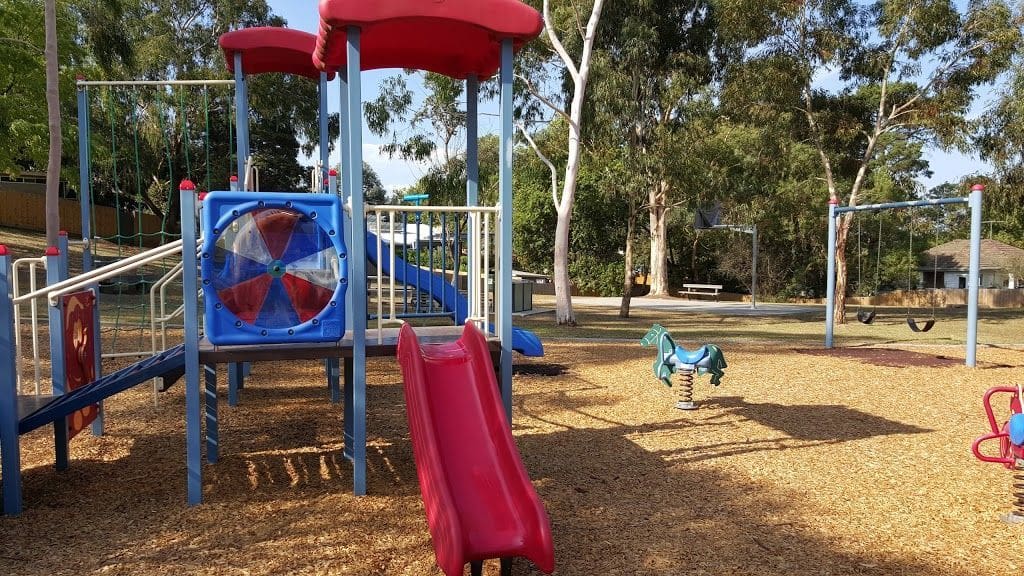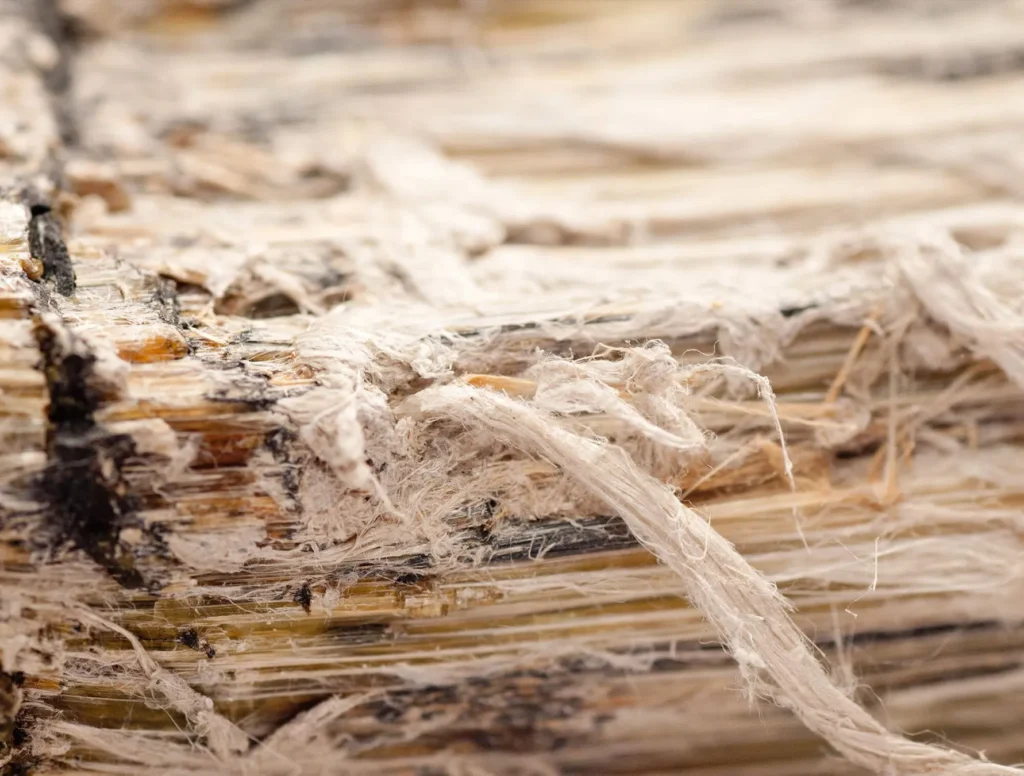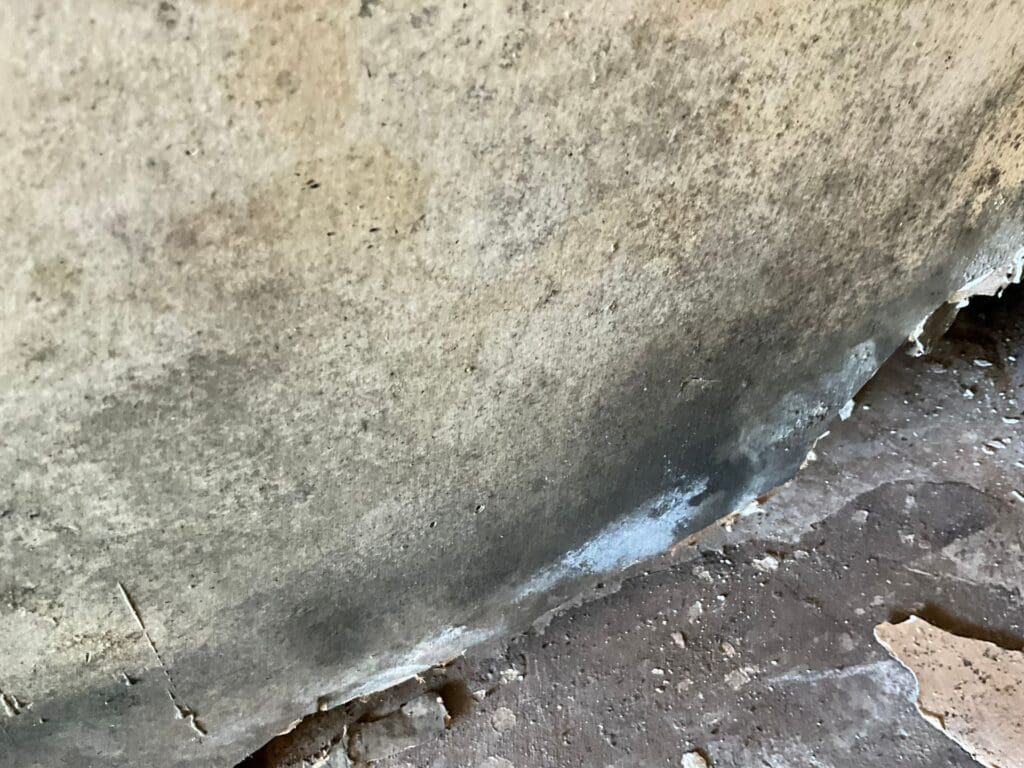
Understanding the Risks of Asbestos-Containing Serpentine Rock in Schools
In 1990, the California Air Resources Board (ARB) issued a crucial warning about the use of asbestos-containing serpentine rock in school settings, such as playgrounds and schoolyards. This advisory was driven by the potential health hazards posed to children exposed to asbestos found in serpentine rock. The ARB advisory serves as a reminder to school authorities about the ongoing risk of exposure and its associated health concerns.
Why Is Asbestos Dangerous?
Asbestos is a naturally occurring mineral that was widely used in construction materials due to its durability and resistance to heat. However, when asbestos fibers are disturbed, they can become airborne and inhaled, leading to serious health issues such as asbestosis, lung cancer, and mesothelioma. Children are particularly vulnerable to these risks due to their developing respiratory systems and the likelihood of spending significant time playing outdoors.
Identifying Asbestos-Containing Serpentine Rock
While it’s believed that only a limited number of schools are affected, it’s advisable for officials to inspect various areas within school premises. These areas include playgrounds, unpaved parking areas, roads, bus stops, and daycare centers. The key is to ascertain if these areas are surfaced with asbestos-containing serpentine rock.
For schools with grounds covered by asphalt, concrete, or grass, this advisory holds no relevance. However, if areas are surfaced with crushed rock or gravel exhibiting a grayish-green to bluish-black hue, it is recommended to engage a registered geologist. The geologist can determine if the material is serpentine rock, which is known to potentially contain asbestos.
Serpentine Rock in Georgia and South Carolina
Serpentine rock is not only found in California but also in other states, including Georgia and South Carolina. In Georgia, serpentine rock is part of the state’s diverse geological landscape, particularly in the Blue Ridge Mountains and Piedmont regions. Similarly, in South Carolina, serpentine rock can be found in the northwestern part of the state, contributing to the region’s rich mineral diversity. This highlights the importance of being vigilant about potential asbestos exposure in these areas as well.
Testing and Mitigation Measures
If serpentine rock is confirmed, testing using ARB Test Method 435 should be conducted to detect the presence of asbestos. This method involves collecting samples of the rock and analyzing them in a laboratory to determine asbestos content.
Should asbestos be identified, several mitigation options are available:
- Sealing: Applying a sealant to the surface can prevent asbestos fibers from becoming airborne.
- Removal: Completely removing the asbestos-containing material and replacing it with a safer alternative.
- Covering: Covering the material with non-asbestos-containing alternatives, such as clean soil, asphalt, or concrete, to prevent disturbance.
Local county health officials can also offer valuable guidance and support in managing asbestos risks. They can provide resources and recommendations tailored to the specific needs of the school.
The Importance of Proactive Measures
Taking proactive measures to identify and mitigate asbestos risks is crucial for ensuring the safety and well-being of students and staff. By staying informed and vigilant, school authorities can create a safer environment that minimizes the potential health hazards associated with asbestos exposure. The ARB advisory serves as a reminder of the importance of regular inspections and proactive measures in managing asbestos risks. Engaging with experts and following recommended testing and mitigation procedures can significantly reduce the risk of asbestos exposure and protect the health of the school community. If you need an independent asbestos tester to help provide expert advice on whether your playground has asbestos risks, contact EnviroPro 360 today for an asbestos evaluation!
EnviroPro is a certified expert asbestos inspection company covering the southeast region surrounding Augusta, GA including the Georgia cities of: Augusta, Savannah, Macon, Warner Robins, Athens, Martinez, Statesboro, Evans, Milledgeville, Grovetown, and the South Carolina cities of: Columbia, Greenville, North Charleston, Rock Hill, Summerville, Sumter, Spartanburg, Hilton Head Island, Aiken, Anderson, Greenwood, Greer, Wade Hampton, Taylors, Mauldin, North Augusta, Bluffton, Lexington, Goose Creek, Newberry.


